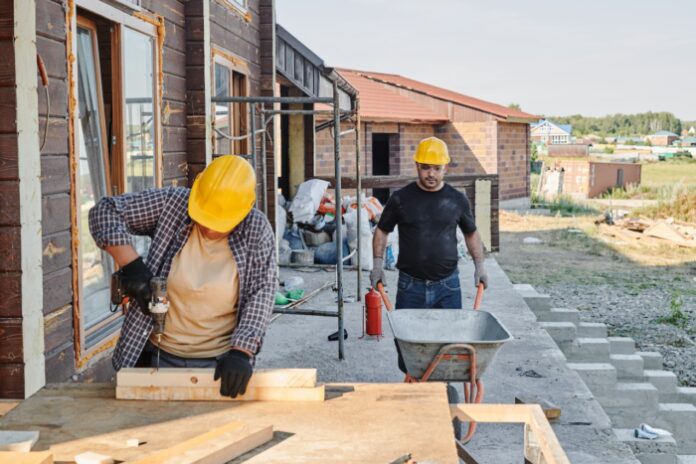The construction industry is very competitive. Just a few dollars is often the difference between making and losing money on a given project. Beyond finding top-tier one man scaffold tower hire and other essential workers, having quality equipment is a big part of the overall equation when starting a construction business.
How can the right tools make your worksite more effective and therefore more profitable?
Cost-Effective
Older or sub-par equipment is often cheap. Sometimes, such equipment is also easier to operate. That’s a major advantage for a company that wants to take as many shortcuts as possible.
The problem is that shortcuts don’t necessarily lead to higher profits. In fact, the opposite is often true, and equipment is a good example. Newer equipment is usually in much better shape that older equipment. That means less downtime and more work time. Furthermore, it is easier to get parts for newer equipment. Even a minor breakdown can cost you literally hundreds of man-hours while the equipment owner scours the area for the right part.
The opposite is often true in terms of ease of operation. If the equipment has fewer features, there is less for workers to learn and less that can go wrong. But quality equipment pieces, such as the High Reach 2 scissor lift, have usually been re-designed several times to make them easier to use. That means your workers get the most out of your equipment, and that means a higher ROI.
Smart business owners know that you get what you pay for, at least for the most part. Equipment is no exception.
Fewer Workers’ Compensation Claims
Over the past few years, Florida judges have significantly expanded the workers’ compensation system. More lawyers are getting involved. That means more claims and a higher per-claim cost. Purchasing the best equipment you can find is a good way to control these costs.
Worker safety is a top priority at your construction site, and also in the equipment manufacturing design room. The built-in safety features are typically very easy to use. More safety means fewer accidents.
More safety also means increased worker confidence. They will often be more willing to stretch that extra few inches if they know that the risk of falling is minimal. So, instead of resetting the equipment and trying to get a better angle, they finish the job straightaway. Investing in the safety climate of your worksite saves valuable time.
In addition to the amount and frequency of claims, top-notch equipment often saves money on workers’ compensation insurance premium payments. Carriers recognize the fact that newer equipment means lower risk. Many times, they pass their underwriter savings onto their business customers.
Attract and Retain Workers
First impressions matter a lot. If potential workers come onto your jobsite for their interviews and see worn-out equipment, they will not be impressed. In fact, they may turn around and walk away before the interview. There are many reasons to have a career in construction but working with faulty equipment is not one of them. In other words, your second-tier equipment often means second-tier workers.
The same thing applies to retention. Your workers like to work and not sit around. If their days are filled with delay upon delay due to poor equipment, or they simply do not like working with older models, they will probably not stay long. In other words, second-tier equipment means that your workers have no other employment options.
Top equipment has the opposite effect. Instead of shying away, potential workers will flock to your jobsite. And, instead of leaving at the first opportunity, they will stay on. That means lower overhead and higher profits.
Reach out to a dealer today and experience the difference that quality equipment can make.
Find a Home-Based Business to Start-Up >>> Hundreds of Business Listings.

















































